Karachi's heritage flower varieties face decline due to modernization and urban planning. However, a revival movement is blooming through community initiatives, urban gardening programs, and collaborations with local authorities and botanical gardens. This multi-faceted approach not only enhances the city's aesthetics but also fosters cultural connection and environmental stewardship, reintroducing timeless floral treasures to Karachi's landscape. Challenges include limited green spaces and fast-paced lifestyles, but successful implementations blend historical beauty with modern urban living, transforming Karachi into a vibrant tapestry of culture and sustainability. Community engagement is key to preserving these heritage flowers through education, workshops, and citizen science initiatives, ultimately enhancing biodiversity and air quality throughout the city.
Karachi, Pakistan’s vibrant metropolis, is witnessing a floral renaissance as efforts to revive heritage flower varieties gain traction. Once common across the city’s urban landscape, these traditional blooms have declined due to modernization and urbanization. This article explores the decline and revival of heritage flowers in Karachi, highlighting their environmental benefits, challenges in reintroducing them, successful community-driven initiatives, and prospects for sustainable urban greening through historical floral restoration.
- The Decline and Revival of Heritage Flowers in Karachi's Urban Landscape
- Why Bring Back Heritage Varieties: Benefits for Karachi's Urban Environment
- Challenges in Reintroducing Traditional Flowers in an Urban Setting
- Successful Examples: Heritage Flower Revivals in Karachi's Public Spaces
- Community Engagement and Future Prospects for Sustainable Urban Greening
The Decline and Revival of Heritage Flowers in Karachi's Urban Landscape
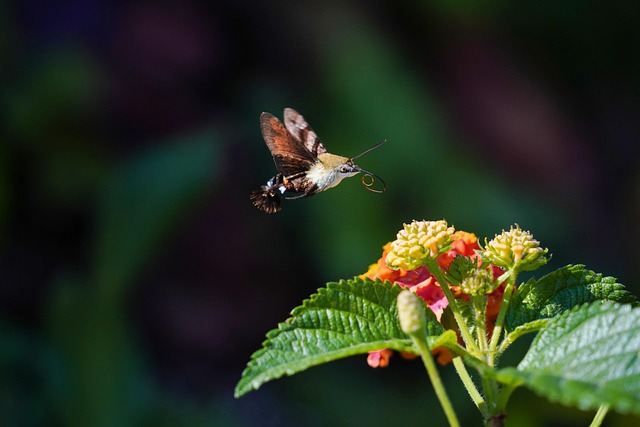
In Karachi, as in many rapidly urbanizing areas, the vibrant tapestry of heritage flower varieties once common across the city’s parks and neighborhoods has significantly declined. This decline can be attributed to several factors, including the dominance of modern, fast-growing ornamental plants, lack of awareness about the cultural and environmental significance of heritage flowers, and changing urban planning practices that often prioritize aesthetic uniformity over biodiversity. Karachi’s once diverse floral landscape, characterized by species like the majestic jacaranda and delicate frangipani, is now increasingly dominated by a few ubiquitous varieties.
However, there is a growing movement in Karachi to revive these heritage flower varieties. Community initiatives, urban gardening programs, and collaborations between local authorities and botanical gardens are actively working to reintroduce and preserve these indigenous species. This revival not only enriches the city’s visual aesthetics but also fosters a deeper connection with its cultural roots. By integrating heritage flowers back into Karachi’s urban landscape, residents and visitors alike can appreciate the beauty and resilience of these timeless floral treasures.
Why Bring Back Heritage Varieties: Benefits for Karachi's Urban Environment
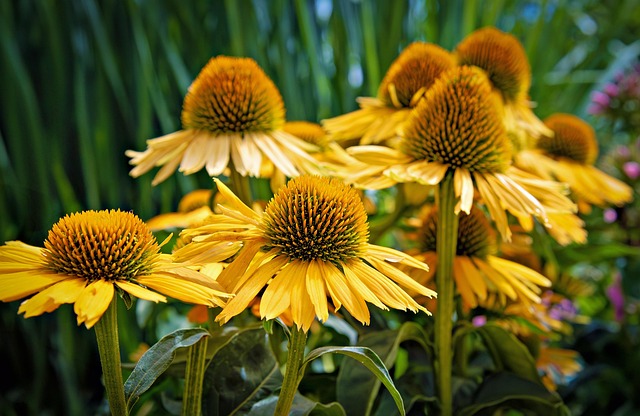
Bringing back heritage flower varieties to urban settings like Karachi offers a multitude of benefits for the city’s environment and its residents. These traditional breeds, often overlooked in favour of modern hybrids, possess unique characteristics that can significantly enhance urban spaces. In terms of aesthetics, heritage flowers offer vibrant colours, diverse shapes, and distinct fragrances that can add charm and character to Karachi’s neighbourhoods, parks, and public gardens. Moreover, these varieties are usually more resilient and adaptable to local conditions, requiring less maintenance and chemical interventions, which is an environmental advantage in a bustling metropolis like Karachi.
Additionally, the revival of heritage flowers has social and cultural implications. They often carry historical significance, reminding residents of past traditions and connecting them to their city’s rich heritage. This can foster a sense of community and pride among Karachites, encouraging participation in urban greening initiatives. Furthermore, engaging with these varieties can inspire interest in botany, conservation, and local history, creating opportunities for education and community building through shared experiences in nurturing these delicate blooms.
Challenges in Reintroducing Traditional Flowers in an Urban Setting
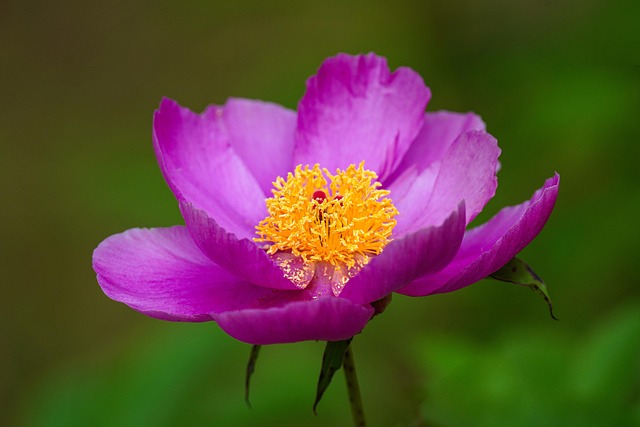
Reintroducing traditional heritage flower varieties into urban spaces presents several unique challenges in Karachi, a city known for its rapid modernization and bustling metropolis. One of the primary hurdles is the limited available space; modern urban planning often prioritizes skyscrapers and concrete over green spaces, making it difficult to incorporate floral displays on a large scale.
Additionally, the fast-paced lifestyle of Karachi’s residents can lead to a lack of appreciation and involvement in nurturing traditional flowers. This disconnection from nature may hinder community support for such initiatives. Moreover, the city’s varying climate conditions require careful selection of flower varieties that can thrive in the local environment, ensuring their long-term survival and beauty.
Successful Examples: Heritage Flower Revivals in Karachi's Public Spaces

Karachi, Pakistan’s vibrant metropolis, has witnessed a beautiful revival of heritage flower varieties in its public spaces. This initiative has not only brought back the city’s rich botanical history but also transformed urban landscapes into colorful oases. One notable example is the successful restoration of traditional flower beds along the historic Boat Basin promenade. Local horticulturists and volunteers collaborated to introduce rare and indigenous species, such as the vibrant red Persian Rose and delicate Blue Irises, which were once common in Karachi’s gardens.
The project has been a collaborative effort between city authorities and community groups, who have actively participated in planting and maintaining these heritage flowers. This revival not only enhances the aesthetic appeal of public areas but also serves as an educational platform, raising awareness about Karachi’s diverse floral heritage. The positive impact has inspired similar initiatives across the city, fostering a deeper connection between residents and their urban environment.
Community Engagement and Future Prospects for Sustainable Urban Greening
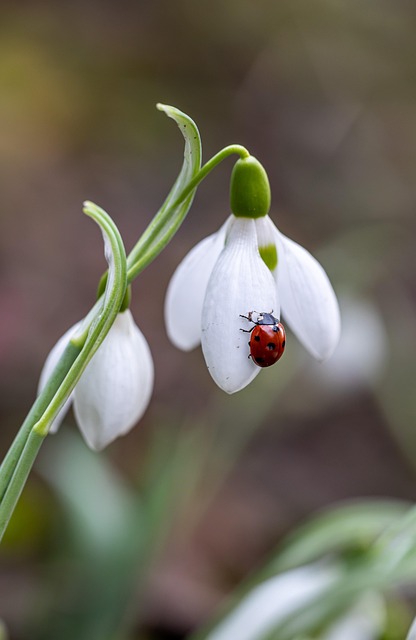
Community engagement plays a pivotal role in the revival and sustained success of heritage flower varieties in urban settings, especially in vibrant cities like Karachi. By involving local communities, schools, and community-based organizations, we can cultivate a collective appreciation for the environmental, aesthetic, and cultural significance of these flowers. This engagement can take various forms, from organizing workshops and educational programs to encouraging citizen science initiatives where residents participate in monitoring and caring for the flower beds. Such involvement fosters a sense of ownership and stewardship, ensuring that these heritage varieties become an integral part of the city’s green infrastructure.
Looking ahead, sustainable urban greening in Karachi and similar metropolitan areas requires innovative strategies tailored to local conditions and community needs. This includes integrating heritage flowers into public parks, street plantings, and even vertical gardens to enhance biodiversity and improve air quality. By leveraging technology for smart urban gardening, such as automated irrigation systems and climate-resilient plant selections, we can ensure that these floral revivals thrive despite Karachi’s unique challenges, including limited water resources and extreme weather conditions. Community support and collaboration will be essential in implementing and maintaining these sustainable practices, ultimately contributing to a greener, more vibrant urban landscape.
The revival of heritage flower varieties in urban settings, such as Karachi, offers a promising pathway towards enhancing environmental sustainability and aesthetic appeal. By rediscovering and reintroducing these traditional blooms, the city can restore its historical botanical legacy while addressing contemporary ecological challenges. Successful examples highlighted in this article demonstrate that community engagement and collaborative efforts are key to creating vibrant and sustainable public spaces. As Karachi continues to evolve, prioritizing the integration of heritage flowers into urban landscapes can foster a greener, more resilient future for the metropolis, benefiting both residents and visitors alike.
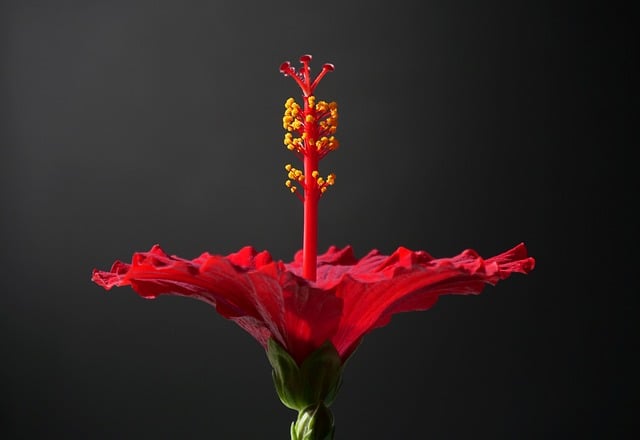




Leave a Reply